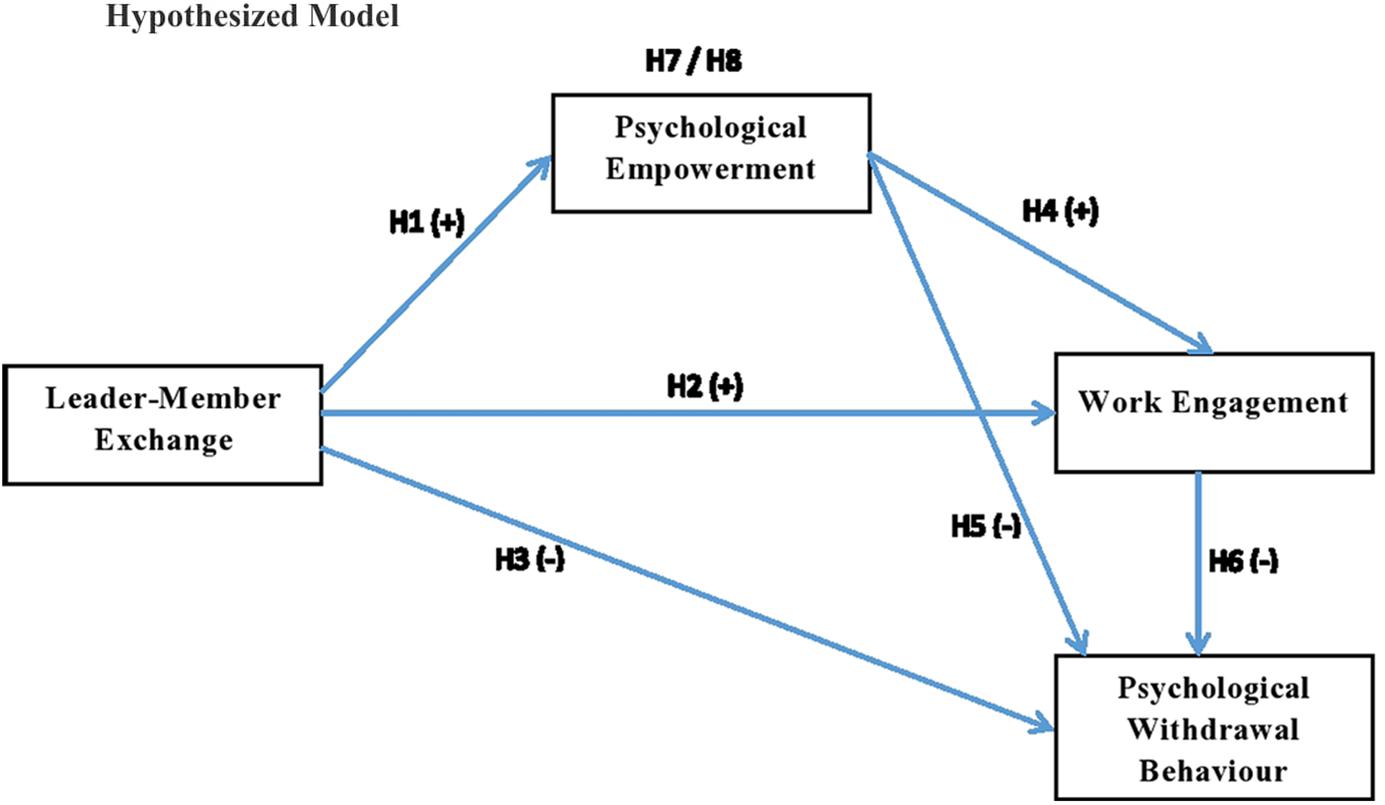

The key component defines the name for your build context and the value can be: You can now define additional build contexts when running the build command, give them a name, and then access them inside a Dockerfile the same way you previously did with build stages.Īdditional build contexts can be defined with a new -build-context = flag. The new named build context feature is an extension of this pattern. That’s why we added multi-stage builds where you can copy files from other parts of the Dockerfile by adding the -from flag and pointing it to the name of another Dockerfile stage or a remote image. Conquering Complex Buildsīut, as builds got more complicated, the ability to only access files from one location became quite limiting. In BuildKit, we also added build mounts with RUN -mount that allow accessing build context files directly - without copying them - for extra performance. Inside a Dockerfile you can use COPY and ADD commands to copy files from your build context and make them available to your build steps. making the current working directory the build context. When you invoke the docker build command, it takes one positional argument which is a path or URL to the build context. Let’s look at why it’s useful and how you can leverage it in your build pipelines. This means you can use files from different local directories as part of your build. So, whenever one considers using Spring MVC the understanding of these contexts is a must.įollow HelpEzee on WordPress.The new releases of Dockerfile 1.4 and Buildx v0.8+ come with the ability to define multiple build contexts.

If we have only one file with spring beans configuration meta data, then we can configure only that xml file in DispatcherServlet‘s web context, which is the only mandatory context for an MVC web application, in this case we can exclude the configuration for the servlet context listener ContextLoaderListener in the web.xml.Due to this all the beans configured in the corresponding xml file will be instantiated twice including any of those beans defined for connection pooling, in which case connection pooling will also be a problem. Most of the tutorials on web have Spring MVC configuration with a single file included in both the parent context as well as in the child context because of lack of understanding of how Spring works.And the classes annotated with the beans that are related to the MVC layer are configured in the DispatcherServlet configuration file. Usually the model classes and other beans that belong to the entire application are configured as beans in the applicationContext.xml.the ContextLoaderListener or in case of DispatcherServletif the parameters are not found in the web.xml and the corresponding files applicationContext.xml or YOUR SERVLET NAME-servlet.xml are not found in the class path then a FileNotFoundExceptionwill be thrown and the application won’t start up. the MVC context will have access to the beans in the parent or root context. The file name being searched for is made up of the servlet name – in our case ‘dispatcher’ – and a string ‘-servlet.xml’ as suffix. If the init-param is not configured, then a file named dispatcher-servlet.xml will be searched for in the class path. This listener will get invoked when a web app gets deployed on the server. In web.xml we can have configuration for the .ContextLoaderListener class, which is a servlet context listener in the following way.

The ApplicationContext related beans are loaded using one of the two following ways. These inherited beans can be overridden in the servlet-specific scope, and you can define new scope-specific beans local to a given Servlet instance. In the Web MVC framework, each DispatcherServlet has its own WebApplicationContext, which inherits all the beans already defined in the root WebApplicationContext. DispatcherServlet will have this web context. The FrameworkServlet of the spring framework i.e.


 0 kommentar(er)
0 kommentar(er)
